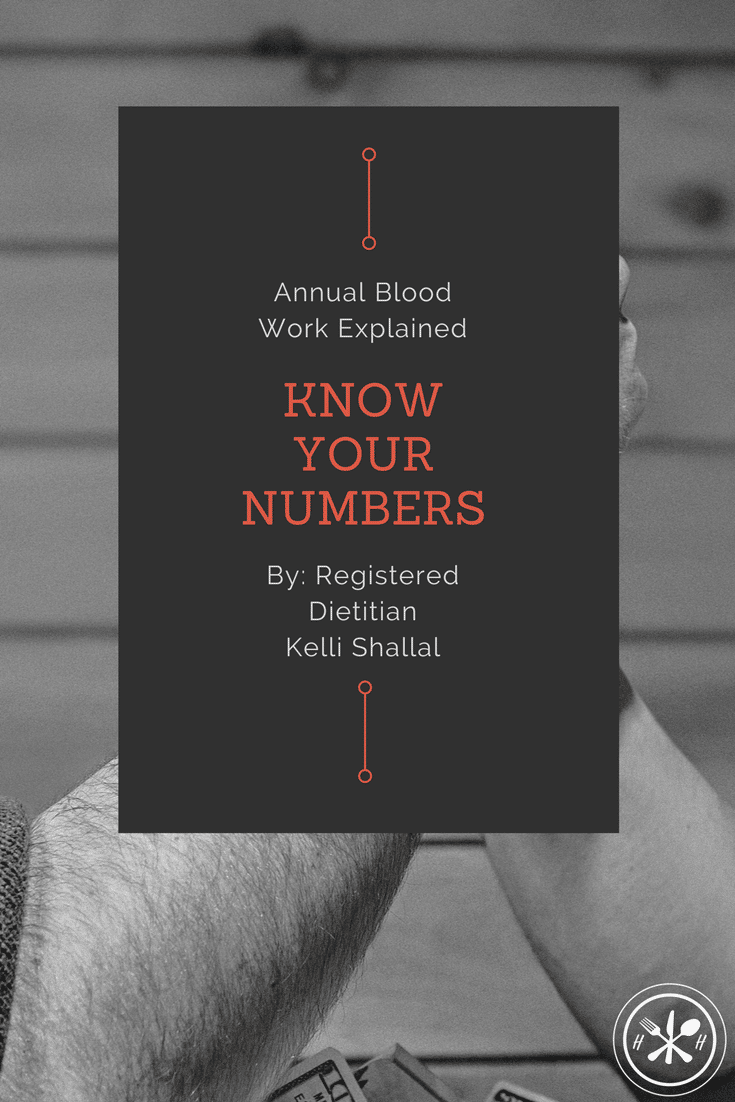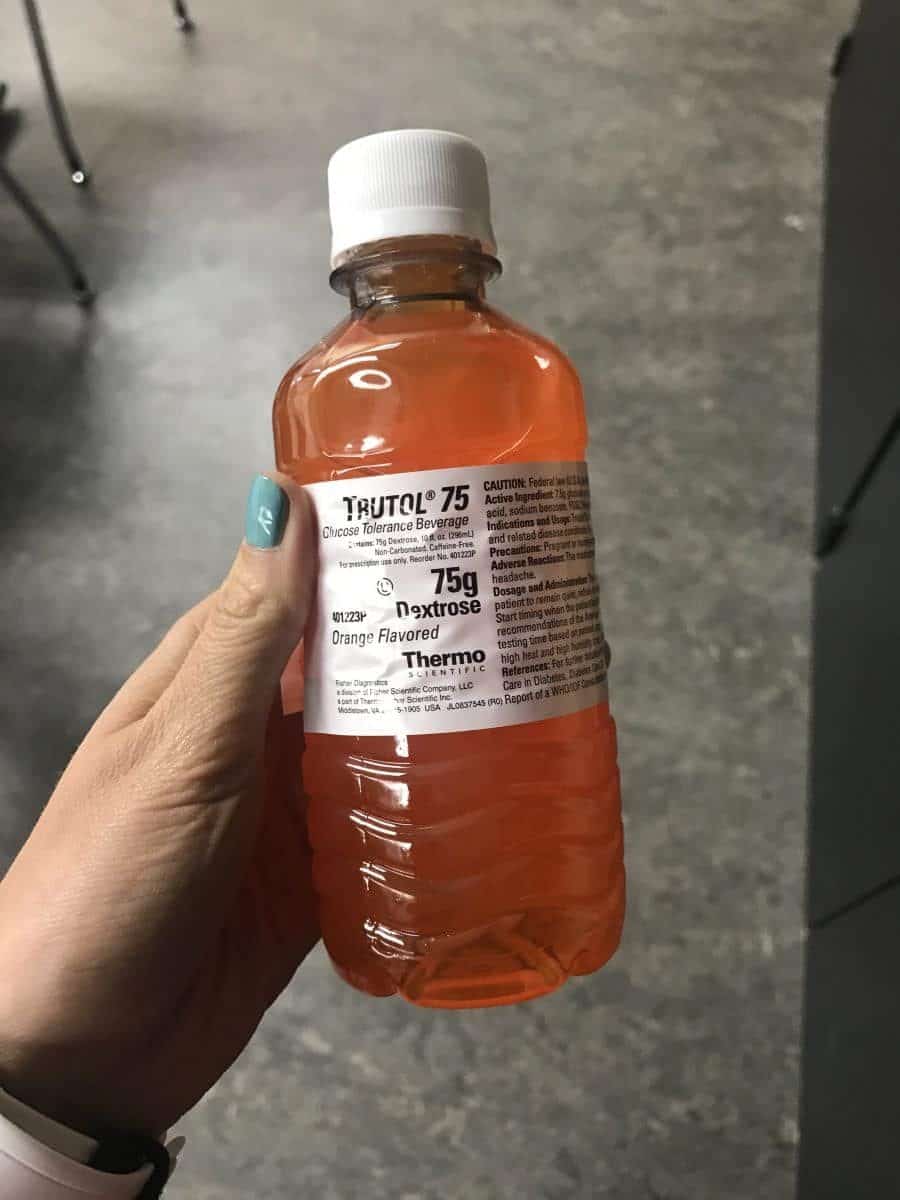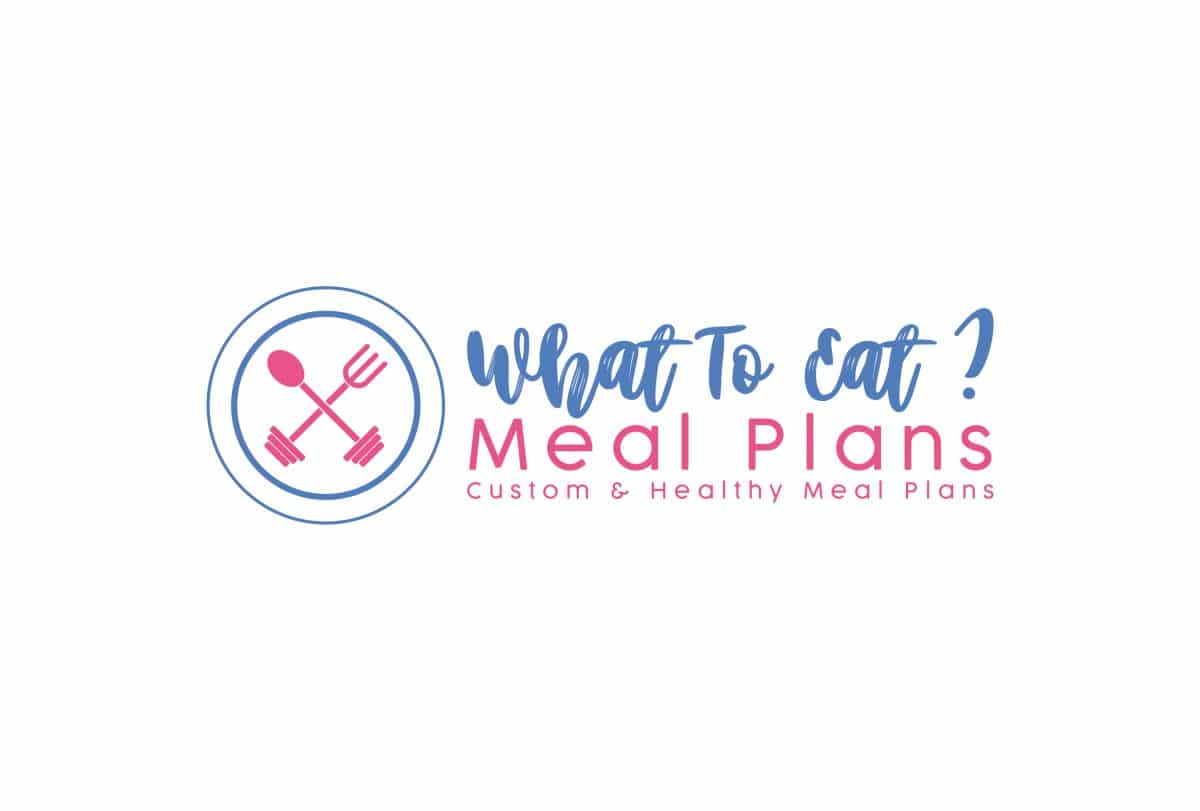Hi Friends! So this week my students in my Food & Nutrition Lab are learning about carbohydrates & blood glucose. During class the students will actually get to take their fasting blood and complete an oral glucose tolerance test. I do not allow students to miss this lab because I consider it to be one of the most important pieces of information about their health they will could obtain. Numbers related to blood sugar management are almost always included on your blood work but not always explained, so I thought we’d take a few minutes to discuss it.
Disclaimer: Although I am a Registered Dietitian this information is not intended to substitute medical advice. If you are interested in one on one nutrition counseling for more personalized plans and information, check out my nutrition services website at www.hungryhobbyrd.com.
Measurements:
Often times the doctor mentions very little about our blood work when it falls within standard normal limits, however, it’s important to understand your one time numbers and the trend of your numbers (up or down) even if they are normal.
Fasting Blood Glucose:
This is a snapshot of your blood glucose levels at the time of the measurement, usually in the morning after an 8-12 hour fast.
Optimal = < 85mg/dL
*Most doctors will not mention anything if your blood sugar falls between 85-99 because that is within medical normal limits. However, several studies suggest that risk increases significantly over 85. In fact, a large study published in the Journal of Medicine by Kaiser Permanente found that for every point over 84 mg/dL participants were 6% more likely to develop type 2 diabetes.
Normal = < 100mg/dL
Impaired = 100-125mg/dL
Diabetes = > 126 mg/dL
Oral Glucose Tolerance Test
Another snapshot of your blood glucose taken two hours after ingestion of a 75g Glucose drink (following a four hour fast). This is not a routine part of blood work, it is used to diagnose diabetes and/or gestational diabetes. (However, my lucky students get to do this today.)
Optimal = 71- 125mg/DL
* Several studies again suggest that the normal value is too high, that those with normal blood glucose typically do not spike above 140mg/dL throughout the entire day.
Normal = < 140mg/dL
Impaired = 140-199mg/dL
Diabetes = > 200 mg/dL
Hemoglobin A1c
This is a measure of how much hemoglobin in the red blood cells is bound to glucose, it indicates how well blood sugar has been managed for the last 2-3 months.
Optimal is more likely between 4.6 and 5.3%
*Significant increases in not only diabetes but also cardiovascular disease are correlated with values even below the normal range (see this study, this study, and this study.)
Normal = < 6%
Impaired = 6-6.4%
Diabetes = > 6.4%
I’m including optimal ranges, not to scare you, but to empower you. Knowing your numbers and what your individual numbers trend is can be the most empowering tool you have, especially if you have a family history of diabetes. For example, if your fasting blood glucose is normally around 85, but one time it is 97, you can monitor it and be proactive in lowering the trend. Regardless of what your number is today, you have so much power to improve them or maintain them.
Ways to Improve Blood Sugar Management
Nutrition
What would most likely surprise most of my clients is that I actually don’t believe in specific “diabetic diets” “low carb diets” or even strict “carbohydrate counting.” If blood sugar is already showing imbalances I might be more aggressive with nutrition programming for a short period of time by utilizing additional tools until it normalizes. Meanwhile, however, the client is developing a lifestyle and dietary pattern I would recommend for everyone. So, while daily carbohydrate needs vary depending on lifestyle, the general premises don’t change.
-
Eat Real Food
-
Processed foods are often high in omega 6 inflammatory oils, simple sugar, and chemical while being low in nutrient value. Leaving you ultimately tired, still hungry, and craving more nutrients. I wrote a bunch of tips about transitioning to real food in this post —> How to Eat More Real Food
-
Upgrade Your Carbohydrates Quality
Speaking of simple sugars and nutrient density, start choosing the highest quality forms of carbohydrates possible. Good examples would include high protein/high fiber vegetables, fruits, beans, whole grains, and dairy. For more information on what carbohydrates are and how to upgrade your choices see this post--> How to spot a healthy carb. -
Be Carbohydrate Responsible (aka don’t cut them out and don’t over do it)
-
Carbohydrates need to be matched to your lifestyle, if you are more active you need a greater percentage than someone who is less active. This is where it might be good to seek advice or guidance from a professional, at least at first. Usually, ½ of cup of healthy carbs per meal is more than enough. Be careful when combining sources of carbohydrates (such as rice and beans.)
-
Pair Your Carbohydrates
-
Try not to eat carbohydrates by themselves, pairing them with healthy fat (learn about those in this post), protein (find out about healthy vs. natural sources in this post) and/or fiber can help slow down blood sugar absorption and create a more steady curve. For example, pairing your breakfast banana with peanut butter.
-
Eat the Right Breakfast
- Eat breakfast and make sure it's high protein! This will help stabilize your blood sugar levels for the day, decreasing cravings and improve energy levels! (See my Make Ahead High Protein Breakfast Recipes Ebook.)

-
Limit Artificial Sweeteners
Recent research indicates that although artificial sweeteners lack sugar and calories, they may alter the gut microbiome in an unfavorable way. In addition, the excess sweetness may lower your affinity for sweets leading to increased cravings.
What to Eat? Meal Plans
Want an easy way to incorporate all the nutrition tips above? I developed a meal planning service that guarantees are all these tips above, making your life a whole lot easier! All you have to do is print your shopping list and cook the meals. Of course, we don't claim that our meal plans "treat" any disease including blood sugar concerns. However, they are built with a moderate amount of carbohydrates evenly split into meals and snacks per day. If you are looking to keep your blood sugar stable throughout the day they are definitely a great option! We have many clients who say it totally turned around their health, helping them lose weight and get off medications. Standard and custom meal plans available!
Exercise
Exercise has been shown to help your body utilize sugar better. A common recommendation is to walk after meals to help the body metabolize the sugar more efficiently. However, I would argue you need regular cardiovascular activity as well as weight training. I think of it like this, in the short term cardiovascular exercise helps you deal with your current situation of blood sugar management (immediate use). However, in the long term, weightlifting has similar benefits to cardiovascular activity plus it increases muscle mass which increases metabolism, decreasing the risk of weight gain (excess weight leads to inflammation--> decreased ability to metabolize and utilize carbohydrates efficiently).
Stress
Our primary stress hormone, known as cortisol, raises blood sugar in anticipation of the need of “flight” or “fight.” However, most of us aren’t running from a tiger when we are stressed so the excess sugar often ends up being stored as fat, leading to increased blood sugar fluctuations and sugar cravings. Fight stress by:
- Meditating
- Getting enough rest/sleep
- Exercising
- Avoiding excess caffeine use or stimulants
Knowing your numbers is a crucial piece to managing your overall health and well being, it's the first step to having control to change or maintain! If you have a baseline then you have something to work with! I'm planning to cover iron values and blood lipids in this series in the coming weeks so stay tuned!
Of possible interest:
Spring Clean Your Diet With Green Eats
Quinoa Recipe Round-Up
References:
Nichols, G. A., Hillier, T. A., & Brown, J. B. (2008). Normal fasting plasma glucose and risk of type 2 diabetes diagnosis. The American journal of medicine, 121(6), 519-524.
Pin this for later:















Megan @ Skinny Fitalicious says
This stuff fascinates me! I'm in nutrition school and this week's course is all about blood glucose and carbohydrates. It is truly amazing how our bodies function!
Sarah Ross-Koves says
This helped a lot with figuring out all the blood work my husband just had done. He is borderline diabetic. Thank you so much.
Kelli Shallal MPH RD says
Glad it helped!
Victoria says
Great article, I'm glad you added exercise and stress, I think we often don't realize that its more than just our diet. Especially stress- people neglect dealing with that so often!
Kelli Shallal MPH RD says
Exactly!
Gerry says
Awesome post really helpful liked your post thanks for sharing with us keep sharing such a nice posts.